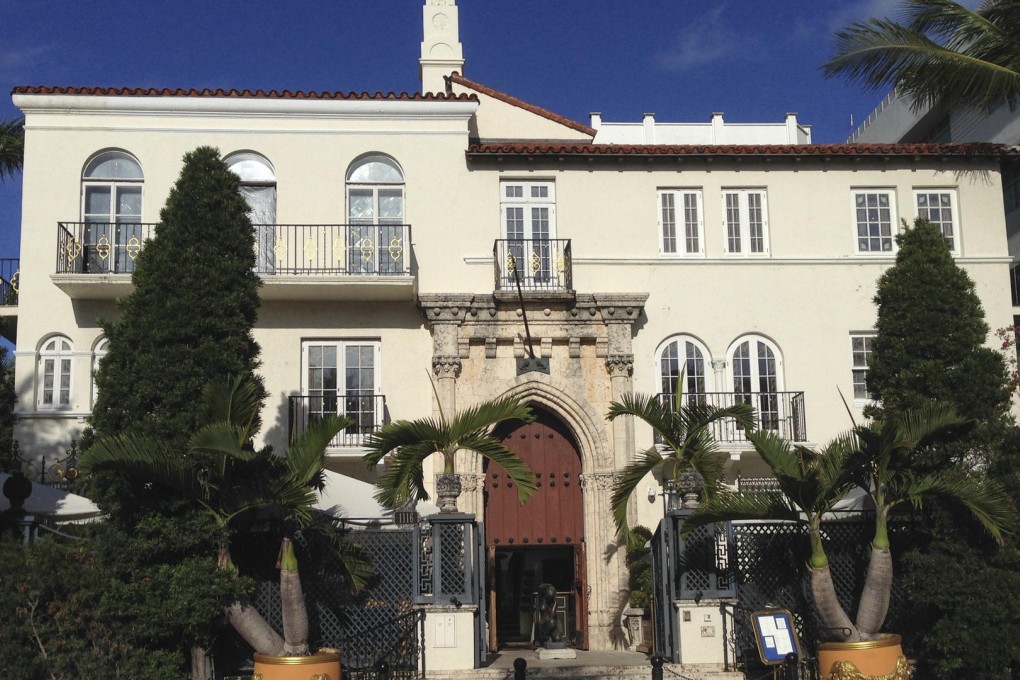100 years of Miami Beach, from Capone to Sinatra to Versace
Judith Ritter explores the mafia past and architectural treasures of the opulent Florida resort strip as it celebrates its centenary

"This," says Gino Santangelo, pausing dramatically, in a small dining room at The Forge, "is where Frank Sinatra and his pals partied."
Santangelo has been a sommelier for 40 years at the legacy Miami Beach restaurant, which has a throwback atmosphere not unlike that of Hong Kong's Goldfinch, in Causeway Bay.
Tales of Sinatra are plentiful in my nostalgic hunt for traces of old Miami Beach, the sun-drenched strip of sand that this year celebrates a century of being a magnet for American dreamers and schemers (it was officially incorporated as a town on March 26, 1915).

Once a mangrove swamp, this sandy spit's early history includes American Indians, Spanish explorers and missionaries galore; over the past century, among other things, it has been home to a dreamer's coconut plantation (eaten by rats) and a millionaire's avocado-growing experiment (successful). But the "billion-dollar sandbar" for holidaymakers really took off when, in 1909, northerner Avery Smith launched a ferry service from mainland Miami for those wishing to visit the spit's handful of "bathing casinos", as beach clubs were then known.
In 1913, Jewish immigrants Joe and Jennie Weiss began selling snacks, such as local favourite stone crab, from their front porch, a couple of blocks from the beach. Today, the bathing casinos have gone but there is still a Joe's Stone Crab, complete with the Weiss' granddaughter, Jo Ann Bass, an elegant octogenarian, buzzing about the restaurant.
